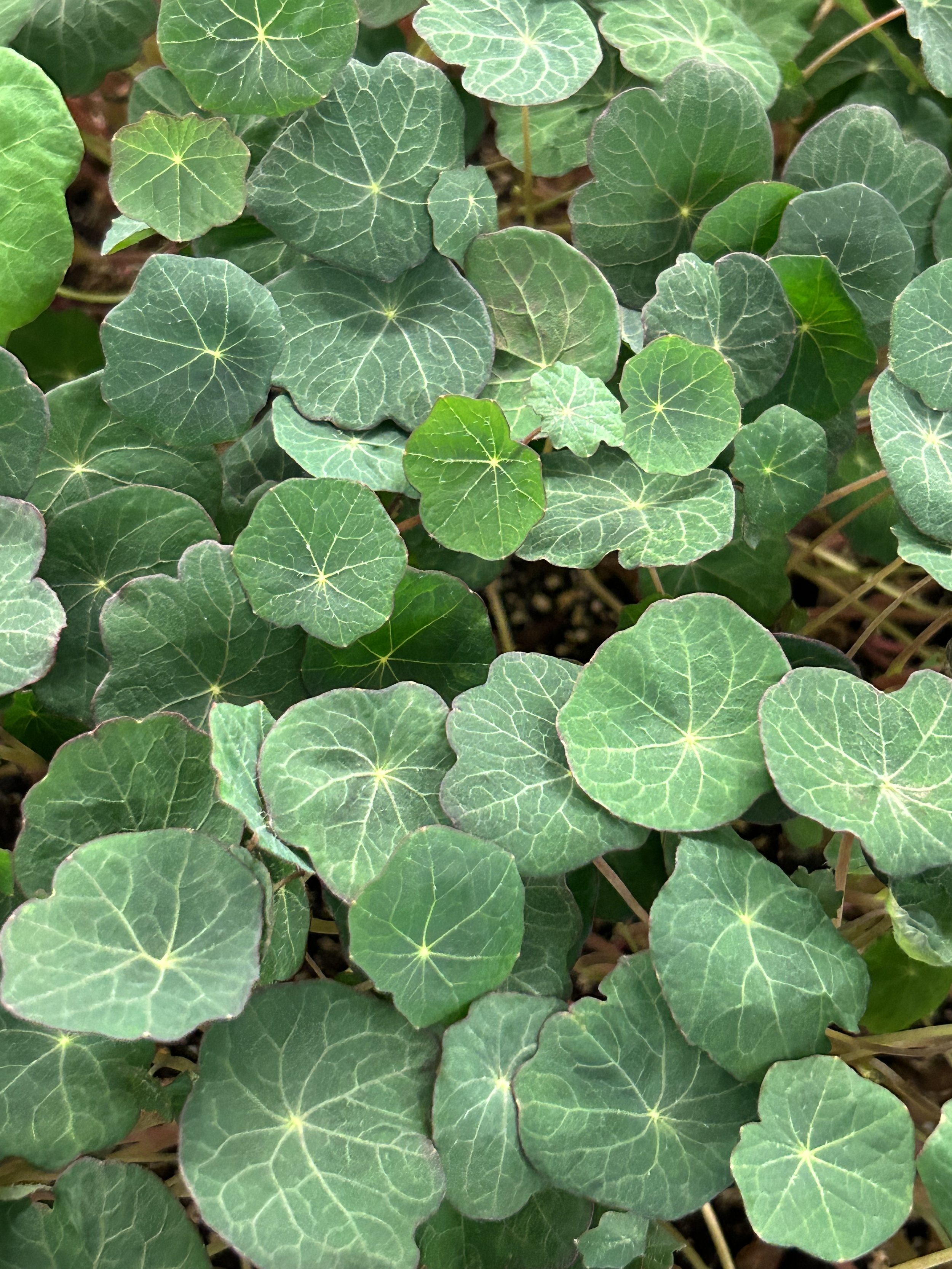

Nasturtium, Empress of India
Tropaeolum majus
Tasting notes include mustard, pepper, and wasabi.
Nasturtium, Empress of India
Tropaeolum majus
Tasting notes include mustard, pepper, and wasabi.
Known as Capucin cress, Indian cress, mastuerzo, or garden nasturtium. The name “nasturtium” comes from the Latin nas (nose) and tortum (twist) for one’s reaction to the spicy leaves. Native to the Peruvian Andes, it was spread beyond South America by the Spanish beginning in the late 15th century.
Cuisine: Used to add a spicy, peppery flavor to any dish. Nasturtiums can be stuffed with lamb and rice and used as a substitute for grape leaves in dolmas. When blended with vinegar, it makes a spicy salad dressing. It can do especially well in seafood dishes.
Pairings: Garlic, chives, and onions, pine nuts, Dijon, dill, parsley, tarragon, capers, lemons, beets, spinach, potatoes, and parmesan cheese
